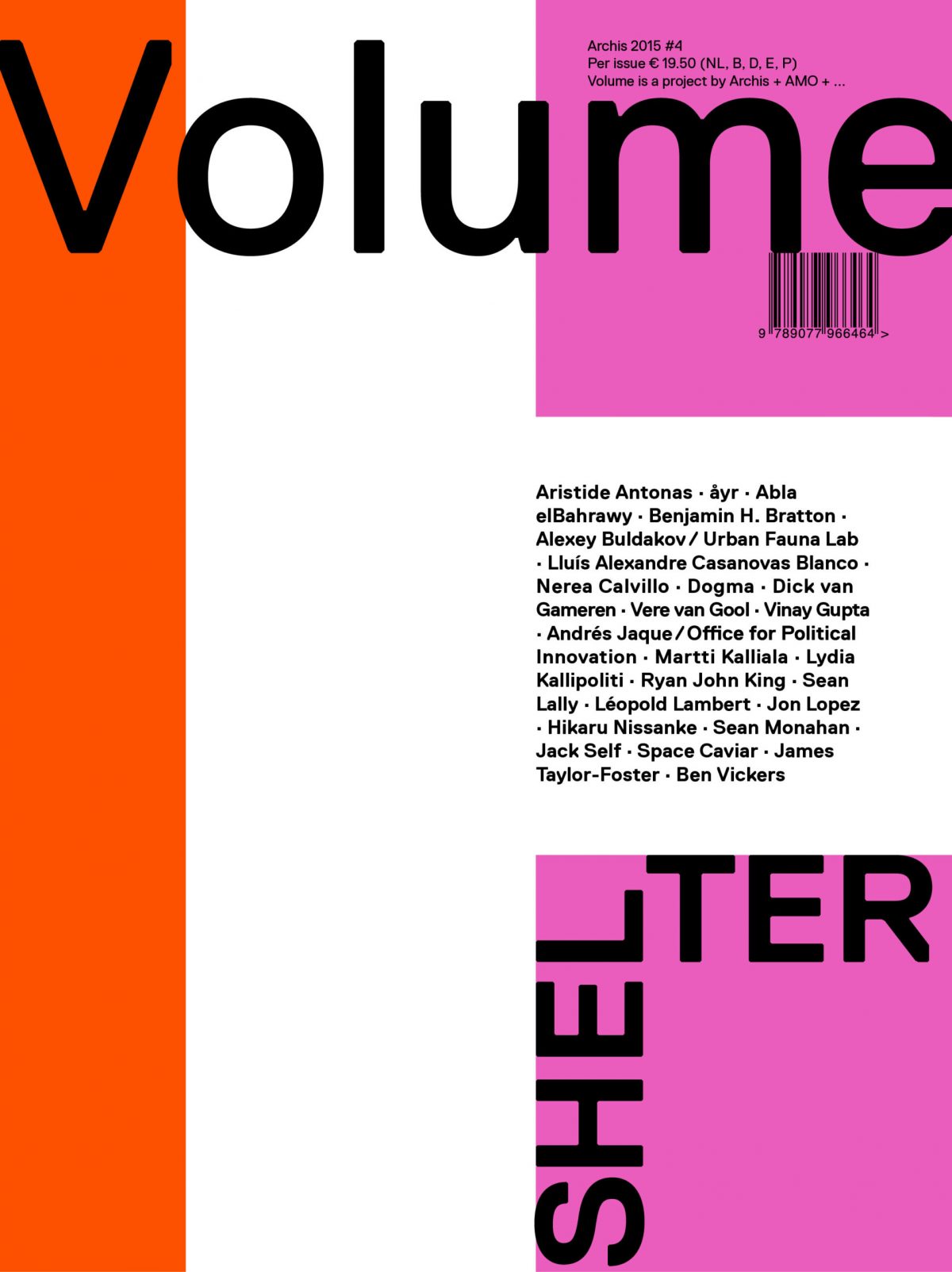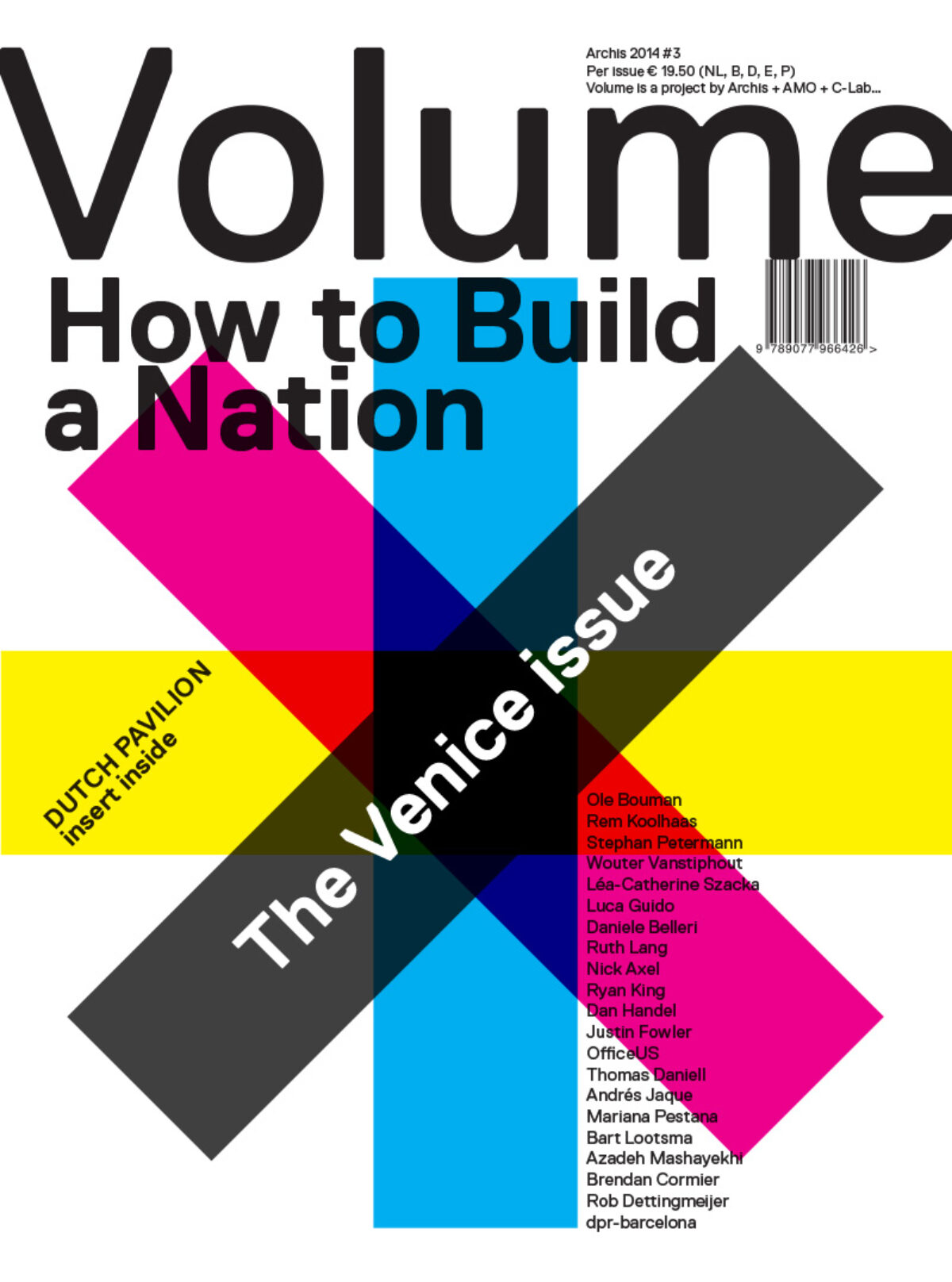19 February 2010, corner Witte de Withstraat/Schiedamse Vest, Rotterdam. Open: 10:00 pm. Jay-Z and Rihanna get it straight, in times of crisis, we need to find shelter. The umbrella is the simplest form of shelter, a personal, private, and dry space in a soggy world. If one umbrella is a private space, what happens when we join 10 together, or 100? Buckminster Fuller showed us how minimal energy domes could open a way to a more environmentally sustainable future, could an umbrella dome lead the way to a more socially sustainable future? The Bucky Bar is a full-scale model of such a future. A spontaneous public building made from the most common of materials, assembled with the resourcefulness of skill of architects. It shows the power of space for spontaneous gathering, for improvised shelters to host conversations, debates, games or even parties. The Bucky Bar launches the DUS/SUA unsolicited agenda for the City of Rotterdam as part of the Architecture of Consequence exhibit at the Netherlands Architecture Institute.
The Prince Claus Fund and the Netherlands Foundation for Visual Arts, Design and Architecture invite you to a lunch lecture by Colombian architect and 2009 Principal Prince Claus Laureate Simón Vélez. Simón Vélez’s aesthetic and technical innovations in bamboo have enhanced its construction potential and challenged mainstream architectural trends. He invented a new method to build foundations and roofs, which transformed one of the world’s oldest building materials, namely bamboo, into a modern resource that meets the strictest international construction regulations and can even outperform steel. For this contribution, on the 16th of December Simón Vélez will receive the 2009 Principal Prince Claus Award. What: Lunch lecture When: Thursday 17 December 2009, 12.00 – 13.00 hrs Where: Zuiderkerk, Zuiderkerkhof 72, Amsterdam, NL Register: www.princeclausfund.org This lecture is organised in cooperation with Dienst Ruimtelijk Ordening Amsterdam, Tolhuistuin en Archis/Volume. Image: Simón Vélez, Crosswater Ecolodge, Nankun Mountains, China.

